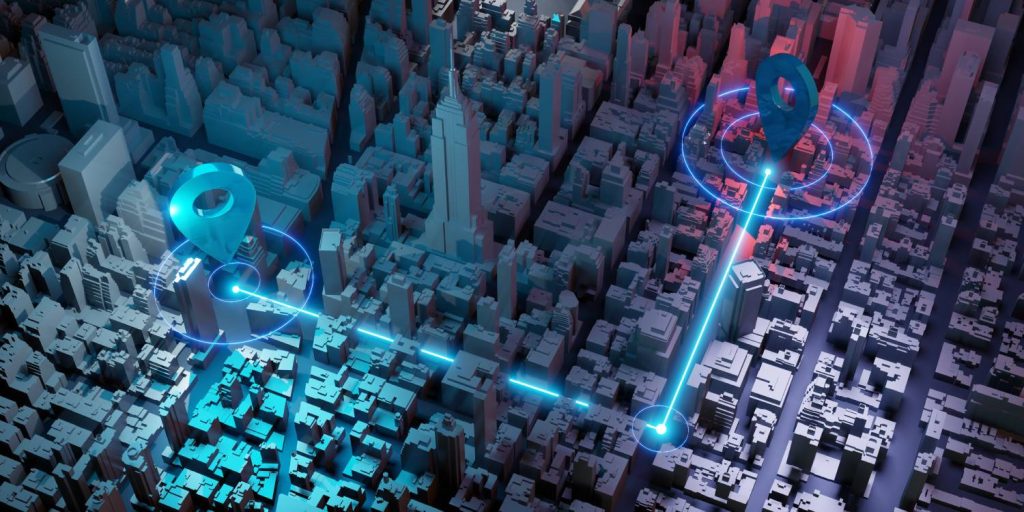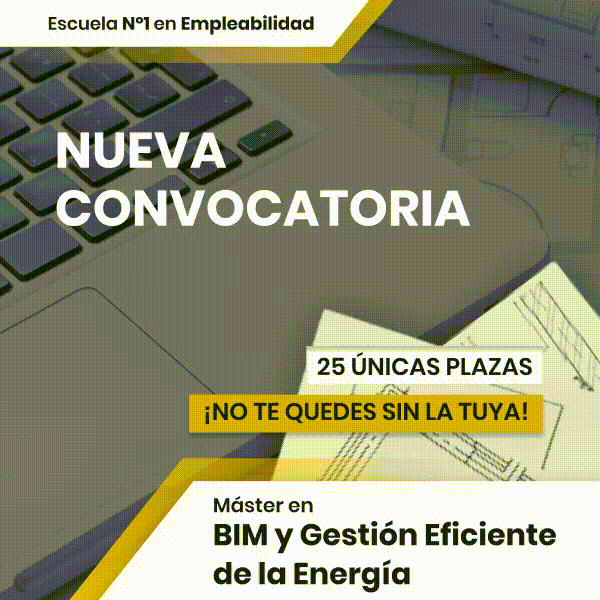The future of urban design and planning
In the digital age, cities are experiencing a rapid transformation due to population growth and technological advances. To address these challenges and take advantage of the opportunities presented, a powerful tool known as City Information Modeling (CIM) has emerged, which is revolutionizing the way urban development is designed, planned and managed. In this article, We will explore what the CIM consists of, its benefits and how it is transforming cities into smart and sustainable entities.
What is CIM?
City Information Modeling (CIM) is a integrated approach to city planning and management that uses three-dimensional digital models to represent and simulate the various aspects of a city. Just as Building Information Modeling (BIM) is used to design and construct buildings, CIM focuses on urban infrastructure and its environment.
The CIM combines geospatial information, demographic, economic, environmental and transportation data, among others, in a centralized platform that allows decision makers to understand and visualize the functioning and interactions of the different components of a city. This facilitates data-driven decision making, collaboration between multiple stakeholders and the implementation of innovative solutions.

Smart urban design
The CIM allows urban planners to design cities more intelligently, optimizing the distribution of resources, infrastructure and services. By simulating different scenarios, decision makers can evaluate the impact of their decisions before implementing changes in reality.
Greater efficiency and sustainability: Thanks to the CIM, it is possible to identify opportunities to improve energy efficiency, reduce the carbon footprint and optimize public transport. Digital models make it possible to evaluate the performance of urban infrastructure and test sustainable management strategies.
Integrated asset management: CIM facilitates the integrated management of urban assets, such as buildings, streets, water and energy supply networks, and transportation systems. By centralizing information, maintenance, planning and operation processes can be improved, resulting in greater efficiency and a better quality of life for citizens.
Citizen participation and transparency: The CIM promotes citizen participation by allowing residents to interact with digital models of their city. This encourages transparency in decision-making and gives citizens the opportunity to actively contribute to the development of their urban environment.
The future of CIM
As technology continues to evolve, CIM will continue to play a critical role in city planning and management. The integration of the artificial intelligence, the Internet of Things (IoT) and data analysis in digital models will allow more precise and real-time decision making.

The CIM as a basis for Smart Cities
Smart Cities are based on the strategic use of technology and data to improve the quality of life of their citizens, optimize services and reduce environmental impact. In this sense, the CIM plays a critical role in providing accurate digital representation and complete of the city. The CIM allows the integration and analysis of multidisciplinary data, from geospatial information to demographic, energy and mobility data, among other characteristics of an urban environment. This through the management and extraction of geometric and non-geometric, qualitative and quantitative data from a detailed 3D model which we call digital twin.
Digital twins at CIM
The use of a digital twin is one of the main advantages of City Information Modeling (CIM). A digital twin is a virtual and precise replica of an object, system or in this case, a city. Below are some of the key benefits of using a digital twin in CIM:
Improved visualization and understanding: A digital twin provides a detailed and accurate visual representation of the city in real time. This allows planners and decision makers to better understand the structure, systems and interactions of the city. Realistic visualization makes it easy to identify potential problems and explore different planning scenarios.
Analysis and simulation: With a digital twin, extensive analysis and simulation is possible. Planners can test different planning scenarios, such as changes to infrastructure, transportation or services, and evaluate their impact before implementation. This helps to make informed decisions and optimize urban planning and design.
Early problem identification and risk mitigation: Using a digital twin makes it possible to identify potential problems and challenges before they occur in reality. For example, traffic congestion, infrastructure deficiencies or unwanted environmental impacts can be detected. This facilitates early risk mitigation and implementation of preventive solutions.
Comprehensive collaboration and collaborative decision making: The digital twin serves as a collaborative platform for multiple stakeholders such as urban planners, architects, engineers and citizens. Everyone can access and work in the digital twin, encouraging collaboration, communication and shared decision-making. This improves citizen participation and helps take into account the diverse perspectives and needs of the community.
Optimization of resources and costs: By using a digital twin, it is possible to optimize resource use and reduce costs. Different design and planning options can be evaluated to maximize energy efficiency, reduce resource consumption, and minimize construction and operation costs. In addition, the digital twin allows real-time monitoring of the resources used and the performance of the city, facilitating more efficient management.
Efficient management and maintenance: An up-to-date, real-time digital twin provides valuable information for city management and maintenance. It allows you to monitor and control infrastructure, services and systems in real time, facilitating early problem detection, preventive maintenance planning and informed decision-making for efficient and sustainable city management. In summary, using a digital twin in the CIM provides a number of significant advantages, including better visualization and understanding of the city, comprehensive analysis and simulations, effective collaboration, resource optimization and efficient management. These advantages help decision makers plan and manage cities more optimally and efficiently.
If you want to learn how to generate highly efficient construction projects, knowing the latest technologies implemented in Buildings, do not hesitate to sign up for our Professional master in BIM and efficient Energy management.




































